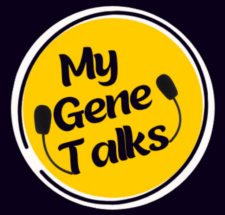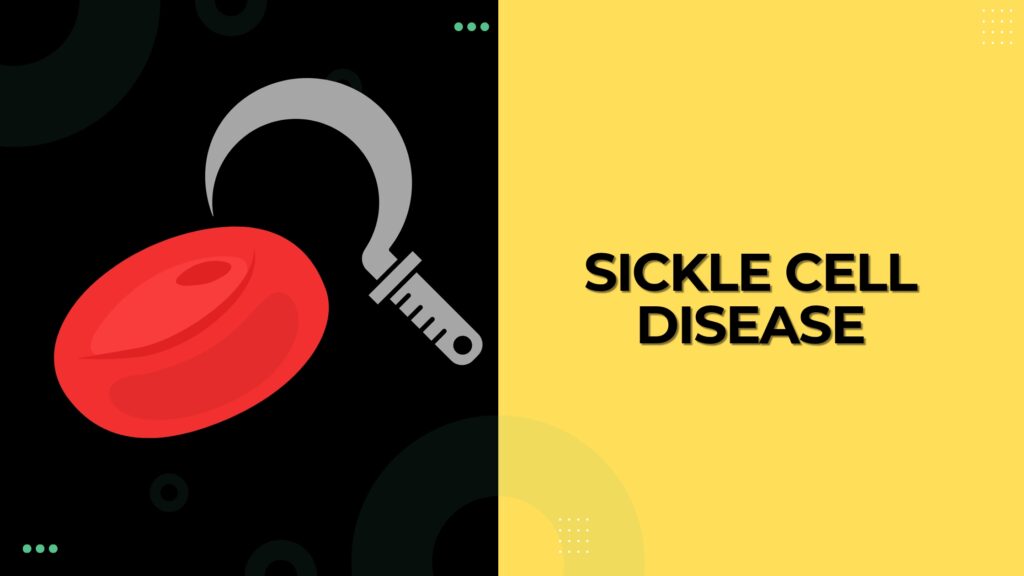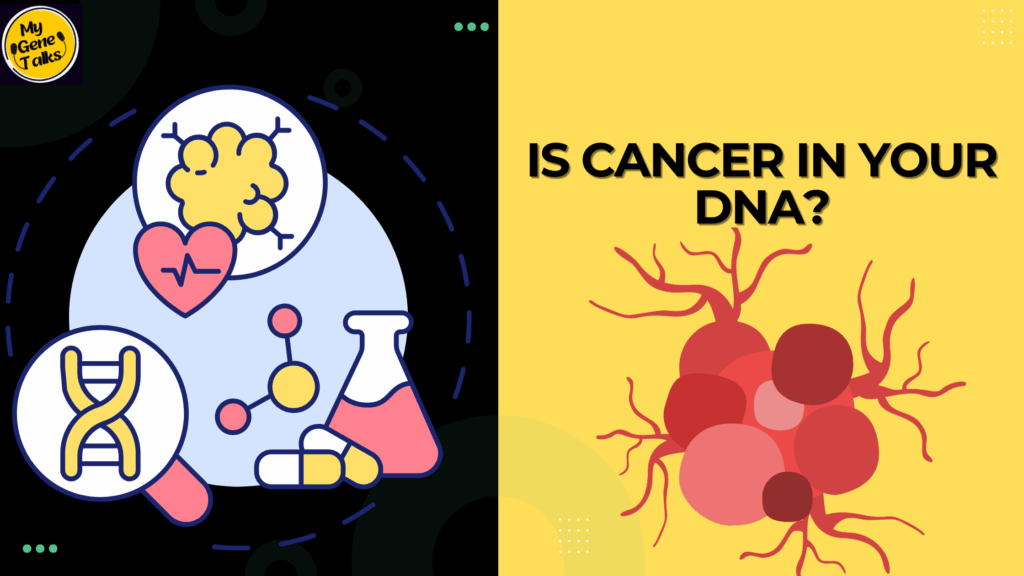What Are Genes?
Consider your body as a huge instruction manual. This manual instructs your body how to grow, develop, and function. These instructions are written in your DNA, and each specific set of instructions for a particular task is called a gene. A few things that genes determine are the color of your eyes, the type of blood you have and the texture of your hair. Moreover, they govern several processes inside your body such as the functionality of your cells and your immune responses. Humans have about 20000 to 25000 genes and they are mounted on chromosomes, which resemble the chapters in the instruction manual. From your mother, you inherit half of your chromosomes, and from your dad, you get the rest. That is why a lot of people tend to say you look like both of your parents!

What Are Alleles?
If you consider that genes are instructions, alleles are the different versions of those instructions. Let’s say eye color as an example. In your instruction manual, there’s a gene that decides your eye color but not everyone has the same eye color because there are different versions of that gene. These versions are called alleles.
Lets Imagine the eye color gene has two possible alleles, one allele for brown eyes and another code for blue eyes. These alleles you inherit one copy from father and one copy from mother, you’ll have two alleles for each gene. The pair of these alleles determines what trait you’ll have. If you got a brown eye allele from one of your parents and a blue eye allele from the other, then your eyes will probably be brown because the brown eye allele is dominant (stronger). The blue eye allele is recessive (weaker), so you’d only have blue eyes if you got two blue eye alleles. Here’s an easy example, Consider a pair of shoes. You get one shoe from your mom and one from your dad. If your mom gives you a brown shoe and your dad gives you a blue shoe, the brown shoe could be more visible because it’s dominant like a dominant allele. The blue shoe is present, but it’s not as visible like a recessive allele. You’d only receive blue shoes (or blue eyes) if you received a blue shoe from both parents.
How Genes and Alleles Work Together
Let’s take another example: the gene that controls the shape of your hair. There’s one allele for curly hair and another for straight hair. The combination of these alleles you inherit from your parents determines your hair type:
Two curly hair alleles: You’ll have curly hair
Two straight hair alleles: You’ll have straight hair
One curly and one straight allele: You’ll likely have wavy hair, a mix of both
Let’s take another example: the gene that determines the shape of your hair. There’s a curly hair allele and a straight hair allele. The interaction of these alleles you receive from your parents is what determines your hair type. If you receive one curly hair allele and one straight hair allele, your hair may come out wavy a combination of both.Genes and alleles interact to create you unique. They determine how you appear, the way your body works, and even your health at times. Here’s a famous quote that captures the essence of how genes and alleles shape who we are:
“Genes are like the story, and DNA is the language that the story is written in.” — Sam Kean


